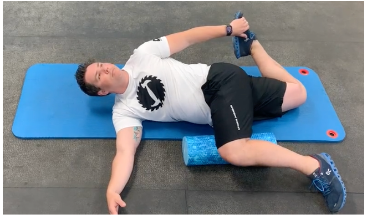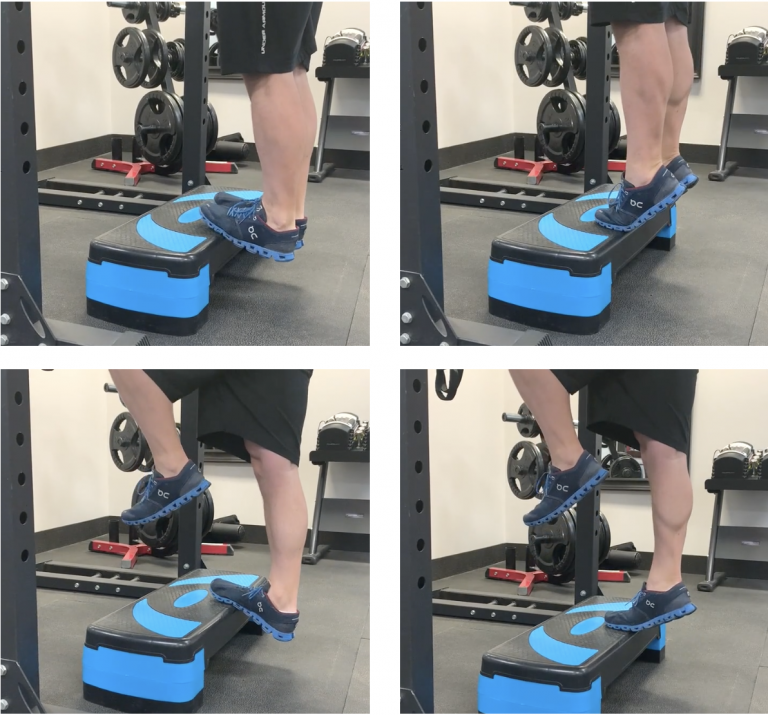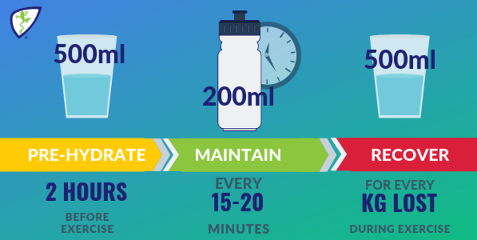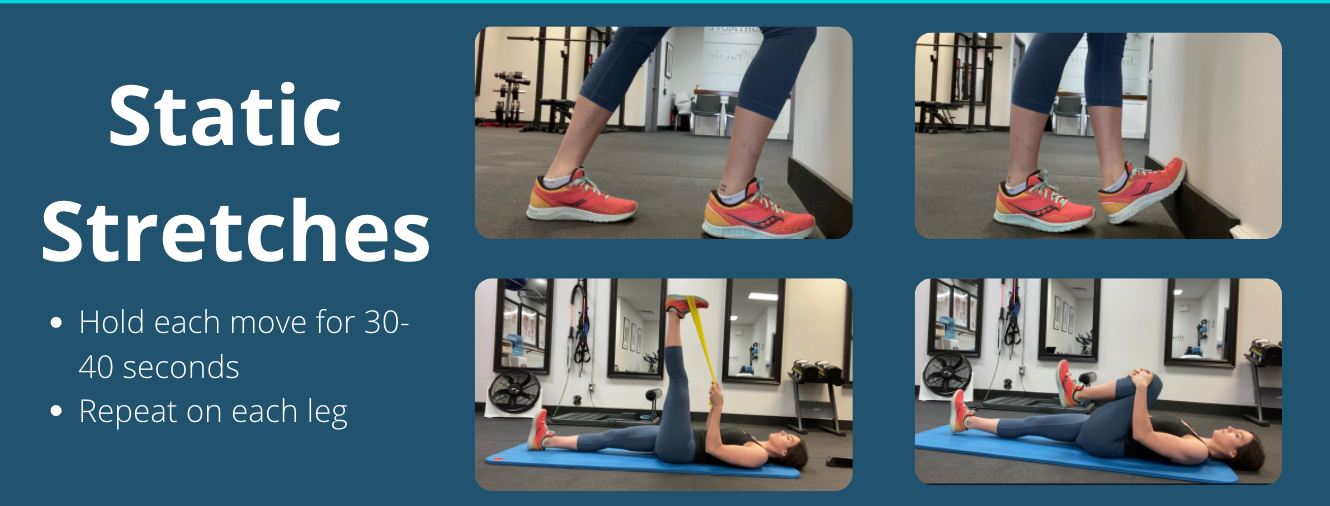The Best Preparation for Running

Planning
The key to any successful running plan is to not do too much too soon by starting slowly. It is important to listen to your body to prevent injury and optimize performance. A progressive plan will be individualized to your current fitness level, fitness goals and daily schedule.
Another key aspect to planning your run is mental preparation to overcome mental blocks. Goal setting is a great way to increase motivation by internalizing your success as you reach each milestone. Start by setting realistic, short term goals that will build on your success over time. Getting into a positive mind set can also be helpful for mental preparation before you set out on your run as well as during the run. Take time to address the positive feelings that you normally experience after a run. Reminding yourself during your run that you are capable and have achieved success in the past is helpful to push you through negative thoughts of stopping short.
Incorporating some of these tips can help you run longer and faster to achieve your running aspirations. Below is a link to runner’s world which details a twelve-step running/walking progressive plan to slowly introduce more running and less walking over a twelve week period. As the link explains, you should work at your own pace and if you need to repeat a step numerous times, listen to your body and repeat it as long as needed.
https://www.runnersworld.com/beginner/a31707889/best-beginner-running-plan/
Pre Run Warm Up
A proper warm up of 5-10 minutes is essential for a successful run and injury prevention. A full body dynamic warm up composed of stretching should be performed before you set out on each run. Dynamic stretching is a great way prepare your muscles, increase your heart rate and optimize range of motion and strength while elevating your core temperature. This ensures optimal oxygen and blood flow to your muscles during the run. For examples of Dynamic warm-ups, refer to the photos below:




Hydration
Why is hydration so important when running? Hydrating before, during and after workouts allows for our body to naturally bring energy to our cells, to limit cramping and cushion our joints. Thus, during moderate to vigorous intensity exercise we need to be drinking more to prevent injury and optimize recovery time.
Pre-run you should drink at least 16 oz or 500 ml two hours before your run, during your run you should be drinking 200 ml every 15-20 minutes of exercise, then immediately following your run, you should have another 16 oz/500 ml of water with food and a protein source, whether this is a meal, a protein bar or a protein shake.

Post Run Cool Down
A proper cool down of 5-10 minutes is just as important as a warm-up routine to slowly ease intensity to allow heart and breathing rates to return to normal. This will include walking for a few minutes post run followed by static stretching. A proper cool down will help optimize exercise performance, prevent injury and decrease pain and inflammation from delayed onset muscle soreness.
After a run, you should begin your active cool down phase with a 2-3 minute period of walking to help bring heart rate and breathing rate back to normal. Once you feel sufficiently cooled down from the walking period, you can move into the next step of the post run routine which includes static stretching.
Static stretching helps your muscle recover faster after exercise and reduce the pain and inflammation associated with delayed onset muscle soreness. Stretching also increases flexibility and range of motion which further help your running efficiency. Furthermore, stretching is a great way to release tension from your muscles following any exercise.
Below me are a few options for static stretches to incorporate after a run:

Trail VS. Treadmill VS Road Running Preparation
Treadmill running: for individuals who want to be able to control their incline and speed very quickly and effortlessly. It is also potentially easier on joints. You are able to control your strides and repeat the same motion over and over for an allotted period of time without worrying about running too far away, and a change in terrain. You can also keep track of your heart rate throughout your workout. Potential negatives of treadmill running is that you may perceive the run as harder or more boring due to being inside. You may also potentially lose some agility that you would naturally gain running outside in harsher terrain and avoiding obstacles such as potholes, wildlife etc.
Road running: is ideal for individuals who are training for distance and enjoy exercising outside to breathe fresh air during their workout, this aids in boosting your mental health! Road running can be different from the treadmill because you have to worry about traffic on the road, other distractions such as wildlife, and inclement weather. Individuals who road run are able to have measured strides and can run effectively without having to calculate the distance of their strides due to terrain. Road running on uneven and uphill terrain also strengthens bone and leg muscles. Some uncertainties of outdoor road running is that inclement weather makes it more difficult to schedule runs and you need to pay extra attention to potential hazards.
Trail running: is potentially more challenging due to the uncertainty of the terrain, strides will have to be monitored more closely due to uprooted terrain, rocks and other loose sediments as well as wildlife and weather conditions. Trail running can be peaceful but individuals need to be prepared for the terrain by stretching prior and actively thinking/preventing rolled ankles or other injuries caused by falling.








